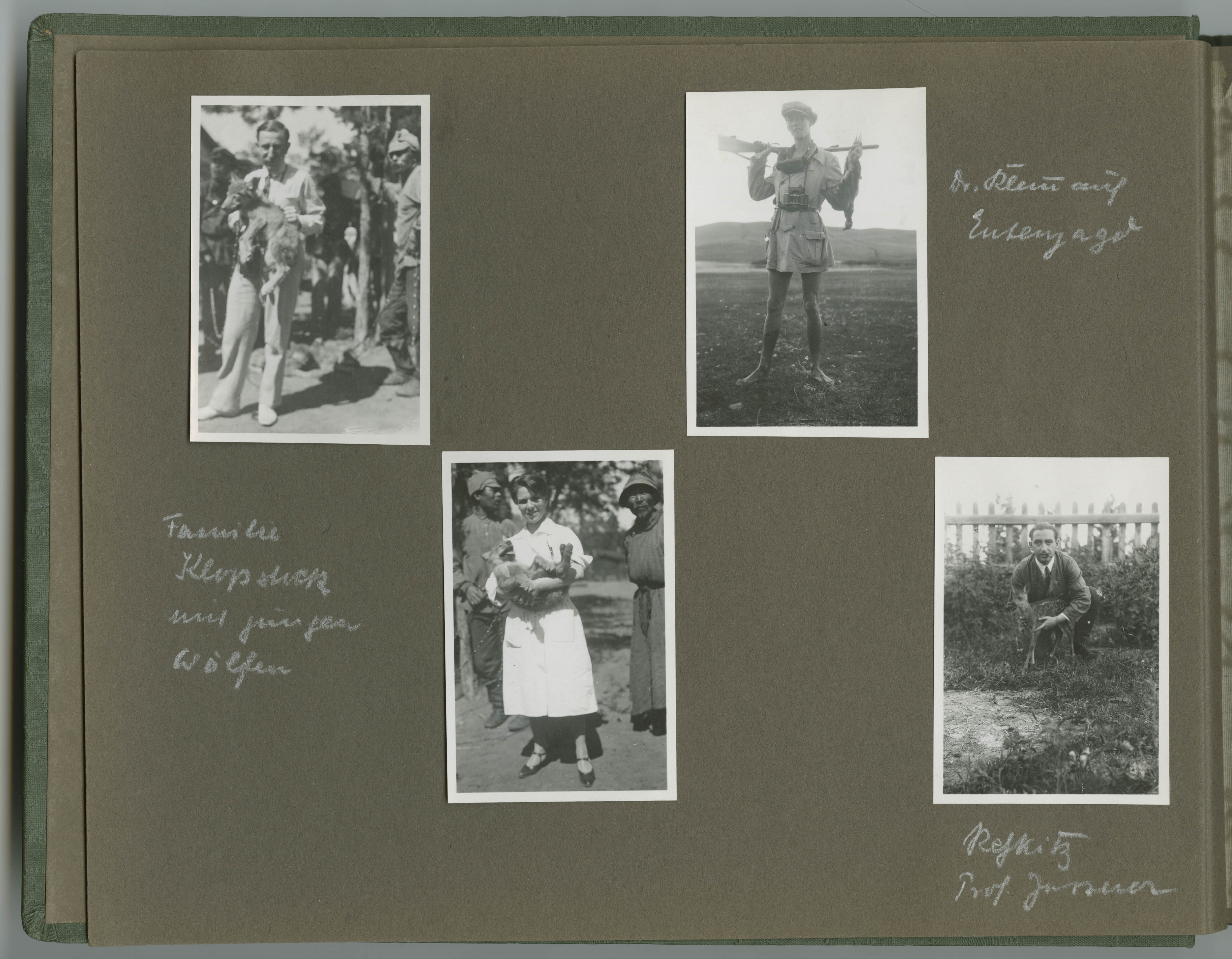Years ago, when the IU Bloomington Libraries first started using Encoded Archival Description (EAD) to describe archival and manuscript collections, staff at the Lilly Library began to encode newly acquired collections in EAD. Other collections got EAD finding aids as time allowed. There were still descriptions of all the collections on the Lilly Library web site, even if they weren’t encoded in the modern standard.
When the Lilly Library debuted its new request system in January 2016, the fact that more than 1,200 collections were not encoded in EAD became much more inconvenient. Library users can make requests directly from EAD finding aids; other requests had to be input manually.
So, with the help of colleagues in the IUB Libraries Digital Collections Services (DCS) unit, we devised a plan of attack. Nick Homenda of DCS wrangled our web site data into a basic EAD template. Then a small team of graduate students and Lilly Library staff worked to expand those finding aids.
We started with collections containing fewer than 100 items, in which an item could be a photograph, scrapbook, letter, or even a lock of hair. Drawing from both the web site’s (sometimes brief) descriptions and any relevant documentation in the library files – which might contain a preliminary inventory, or documents related to the acquisition, provenance, and organization of the collection itself – we described and encoded more than 700 finding aids over the past year, more than doubling the number of collections that are retrievable through the Lilly Library Request System. Explore the new collections in Archives Online at IU.
While these are not new collections and, as with all Lilly Library manuscripts, have been open for research since their acquisition, the process of researching, examining, describing, and inventorying these collections has led us to rediscover several unique and intriguing collections.
This project is far from over, but it seems like a good time to celebrate our progress and to thank everyone who has helped with the project so far: Madison Chartier, Haley Suby, Ava Dickerson, Nick Homenda, Mahaley Evans, John Henry Adams, Julie Hardesty, Craig Simpson, Erica Hayes, and Elizabeth Peters. Thank you!!
Here’s one of the collections we have had since the 1990s. Now it is easier than ever to search and request! Look for more of our “rediscovered” collections on Instagram this summer!

Jessner mss.
In April 1928, Professor Max Jessner embarked with eight German and eight Soviet medical researchers on a three-month expedition, officially dubbed the Soviet-German Syphilis Expedition, to Kul’skoe in the Buriat-Mongolian Autonomous Republic of the USSR. There, they hoped to study the syphilis epidemic ravaging the area, test the effectiveness of Salvarsan (an anti-syphilitic drug), and bolster political relations. The Jessner mss. includes six albums of photographs depicting members of the expedition and Mongolian culture, most captioned in German.
Leave a Reply